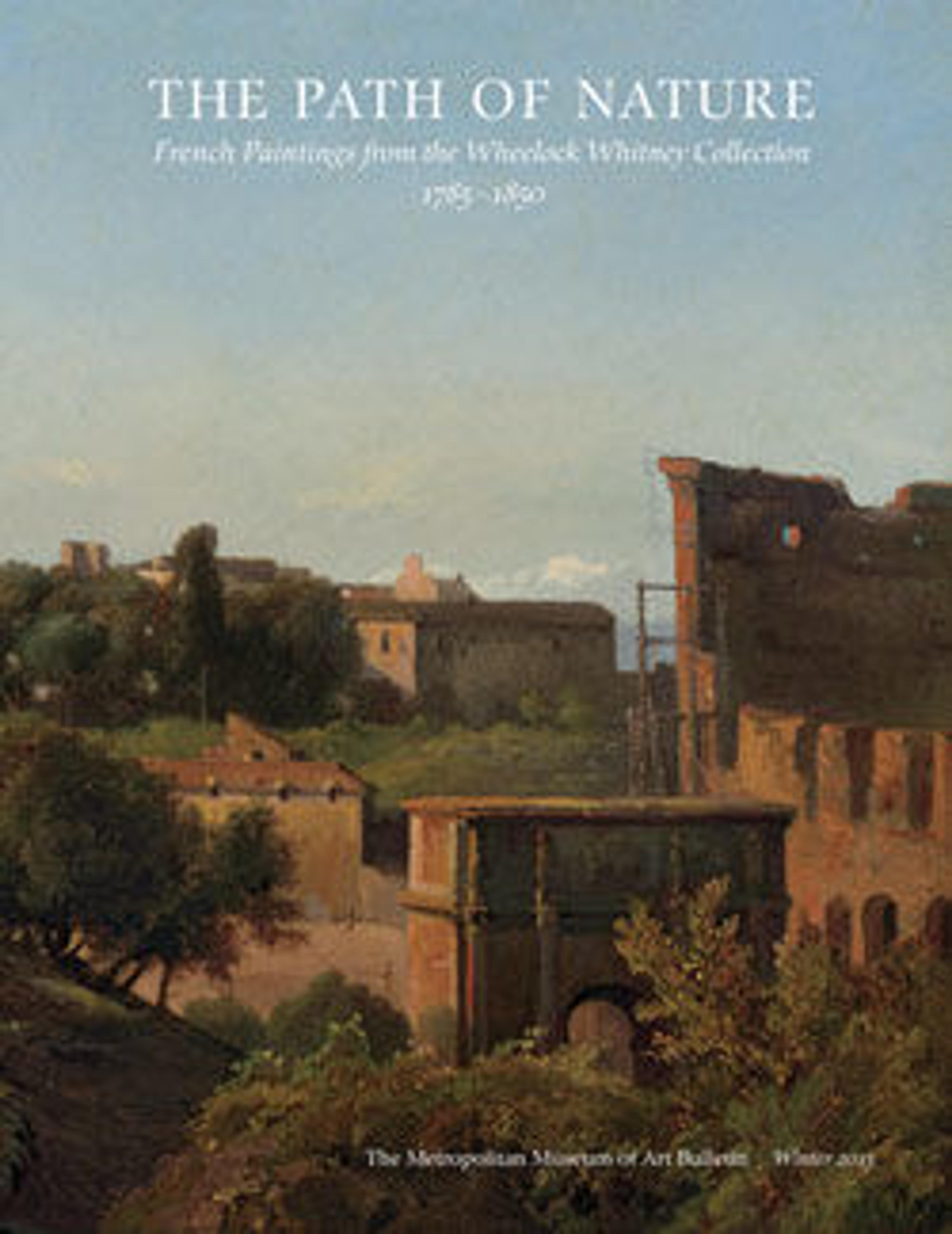Brigand and His Wife in Prayer
The brigands who inhabited the mountains outside of Rome were known for both their criminal ways and their profound religious devotion. Here, a young couple prays at a roadside shrine—not only for the husband’s success but for the health of the wife, who is noticeably pregnant. Robert was one of a number of artists working in Rome, including Achille-Etna Michallon, François Joseph Navez, and Jean Victor Schnetz, who popularized such scenes in the 1820s. When Robert exhibited subjects like this one at the Salon of 1824, one critic noted that he had blurred the boundary between history and genre painting—but praised the naturalism of his figures.
Artwork Details
- Title: Brigand and His Wife in Prayer
- Artist: Léopold Robert (Swiss, Eplatures 1794–1835 Venice)
- Date: 1824
- Medium: Oil on canvas
- Dimensions: 17 5/8 x 14 3/8 in. (44.8 x 36.5 cm)
- Classification: Paintings
- Credit Line: The Whitney Collection, Gift of Wheelock Whitney III, and Purchase, Gift of Mr. and Mrs. Charles S. McVeigh, by exchange, 2003
- Object Number: 2003.42.50
- Curatorial Department: European Paintings
More Artwork
Research Resources
The Met provides unparalleled resources for research and welcomes an international community of students and scholars. The Met's Open Access API is where creators and researchers can connect to the The Met collection. Open Access data and public domain images are available for unrestricted commercial and noncommercial use without permission or fee.
To request images under copyright and other restrictions, please use this Image Request form.
Feedback
We continue to research and examine historical and cultural context for objects in The Met collection. If you have comments or questions about this object record, please complete and submit this form. The Museum looks forward to receiving your comments.
